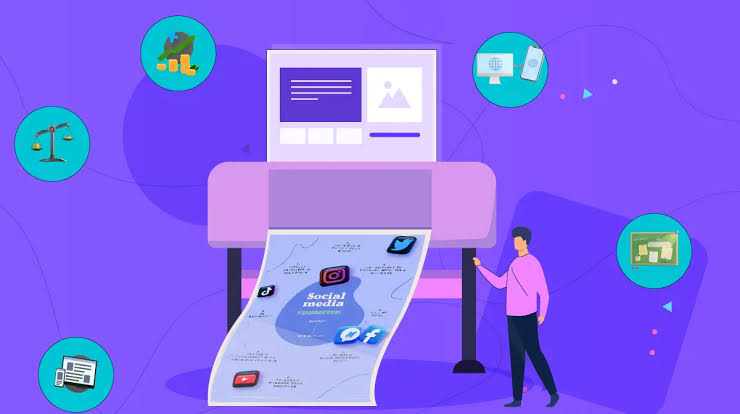Master the art of repurposing content to extend its reach, save resources, and engage diverse audiences across multiple platforms. Learn how to effectively transform and customize existing material while maintaining quality and relevance in your content marketing strategy.
In todays fast evolving world the practice of reusing content has emerged as a vital tactic. With the increasing need for fresh and captivating material creators are finding ways to adapt their existing work for purposes. This strategy not involves recycling content; also reimagining it to enhance its value, prolong its relevance and tailor it to fit platforms or contexts. In a time when content reigns supreme repurposing serves as the secret to maintaining its brilliance and appeal.
Understanding Content Repurposing
Content repurposing is all about being flexible and making the most out of your content. Its about taking one piece of information and transforming it into formats to reach audiences with different preferences and habits. For instance a well researched blog can be repackaged as social media posts, an infographic, a podcast episode or even a video. While the core message stays the same its presentation changes to fit platforms and audience needs.
The beauty of content repurposing lies in its ability to extend the reach of the original material. By sharing the same message across channels creators can engage audiences who may not have seen it in its format. This strategy not boosts visibility but also reinforces the message making it more likely to resonate with the audience.
Benefits of Repurposing Content
One of the key advantages of repurposing content is the boost in efficiency. Crafting top notch content from scratch demands time, effort and resources. However by reusing existing material creators can cut down on these expenses while still ensuring a stream of content. This proves to be valuable for small businesses or individual entrepreneurs who may lack the means to consistently generate fresh content.
Another benefit lies in the ability to connect with audience segments. People consume content in ways; some prefer reading articles while others may lean towards watching videos or listening to podcasts. By adapting content into formats creators can cater to these varying preferences, ensuring their message reaches a wider audience.
Moreover content repurposing enhances search engine optimization (SEO). By producing pieces of content centered around a topic creators can boost their chances of achieving higher search engine rankings. Each repurposed content piece acts as an entry point for users to discover the original material increasing overall visibility and website traffic.
Effective Strategies for Repurposing Content
To effectively repurpose content a strategy is essential. The initial step involves identifying content that's worth repurposing. Not all content is suitable for this process so it's important to choose material that has performed well in the time is timeless or is particularly relevant to current trends. This ensures the repurposed content has a strong foundation and resonates with the audience.
After selecting the content the next step is to decide how it can be reused. This requires an understanding of the audience and the platforms they utilize. For example a comprehensive whitepaper can be transformed into a series of blog posts or infographics for media while a webinar can be edited into clips for platforms like YouTube or Instagram.
An effective approach involves refreshing and broadening content. Information can become outdated over time with new developments emerging that relate to the subject. By revisiting and updating material creators can ensure its relevance and value to the audience. This also presents an opportunity to elaborate on the content by offering insights or viewpoints that weren't included initially.
Additionally it's crucial to monitor the performance of repurposed content. Tools can offer insights into how the content is performing across platforms and formats. This information can be utilized to fine tune the repurposing strategy by focusing on what proves effective and making adjustments when needed.
Challenges of Content Repurposing
While repurposing content has its advantages it also comes with challenges. One major challenge is ensuring consistency and quality across formats. Repurposing should not dilute the message or compromise content quality. It requires planning and execution to maintain the value and impact of the original content.
Another challenge is the risk of audience fatigue. If the content is reused and shared on platforms the audience may lose interest. To prevent this it's important to find a balance between repurposing and creating content. New material should still play a role in the strategy with repurposing serving as a complement rather than a substitute.
Lastly there's the task of making sure that the repurposed content is adapted, for each platform. Each platform has its own audience preferences and content guidelines. What may be effective on one platform might not yield results on another. Hence it's important to personalize the repurposed content to fit the platform while preserving the message.
Conclusion
Reusing content is a strategy that can maximize the impact of material. By adapting existing content into formats creators can broaden its reach, appeal to different audience preferences and increase visibility. However for content repurposing to be effective it needs a plan that takes into account the audiences needs and the requirements of platforms. When executed well it can improve efficiency, conserve resources and foster engagement. In a landscape where content is consumed repurposing ensures that valuable material is utilized, making it an essential element of any content marketing approach.
